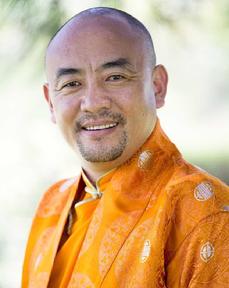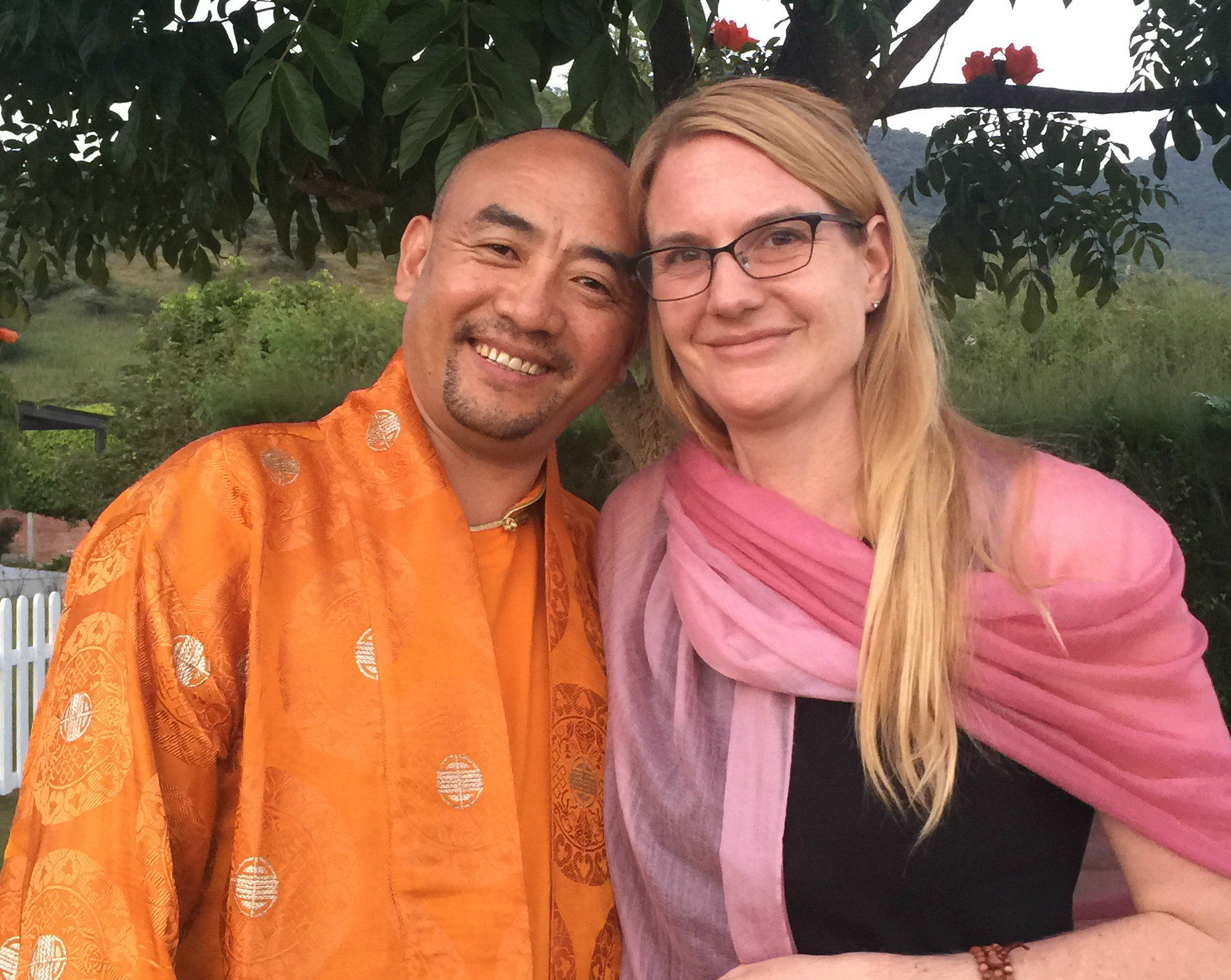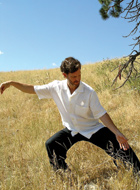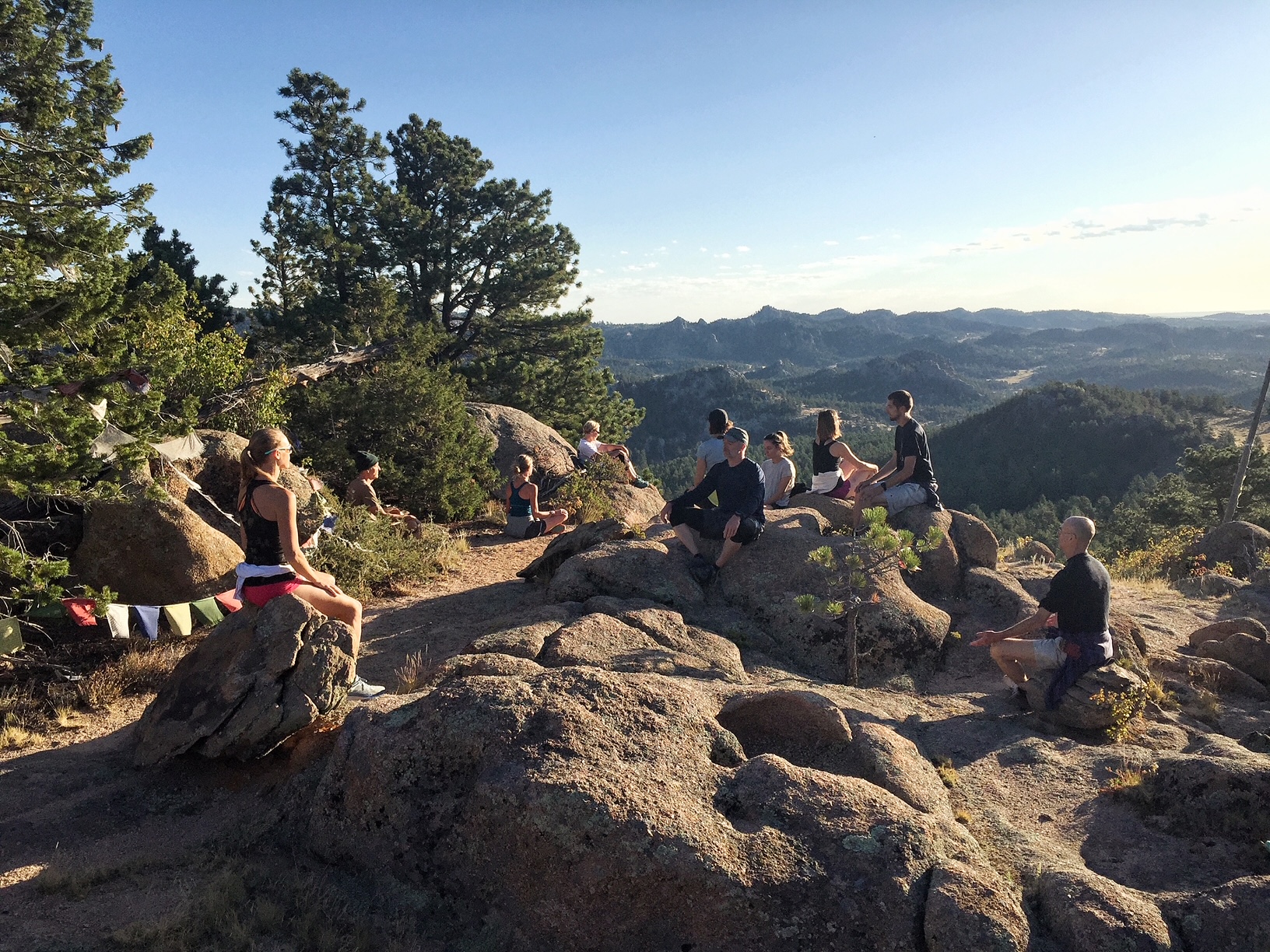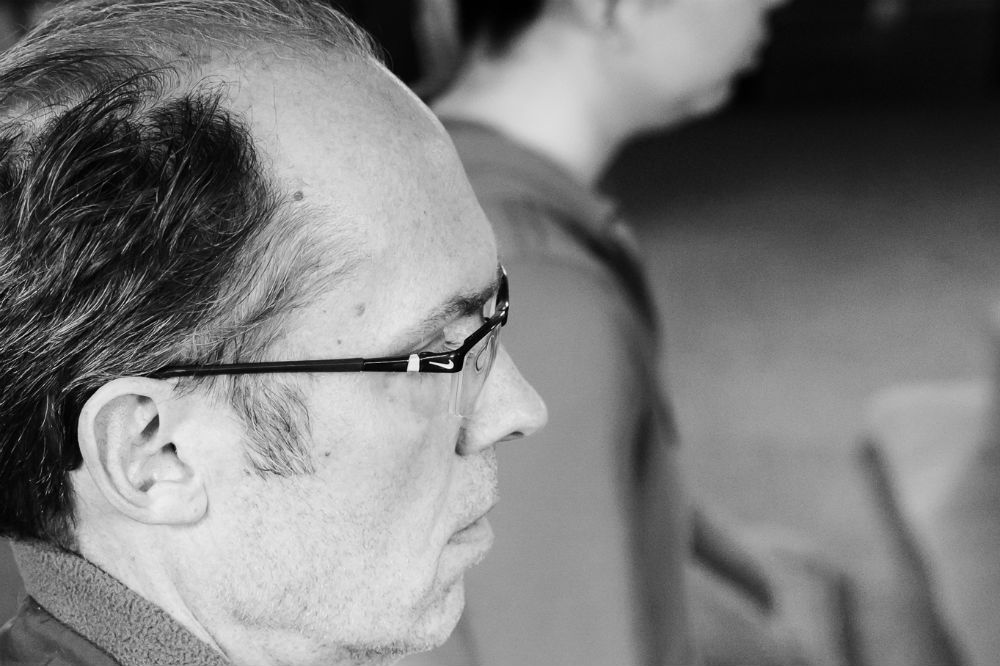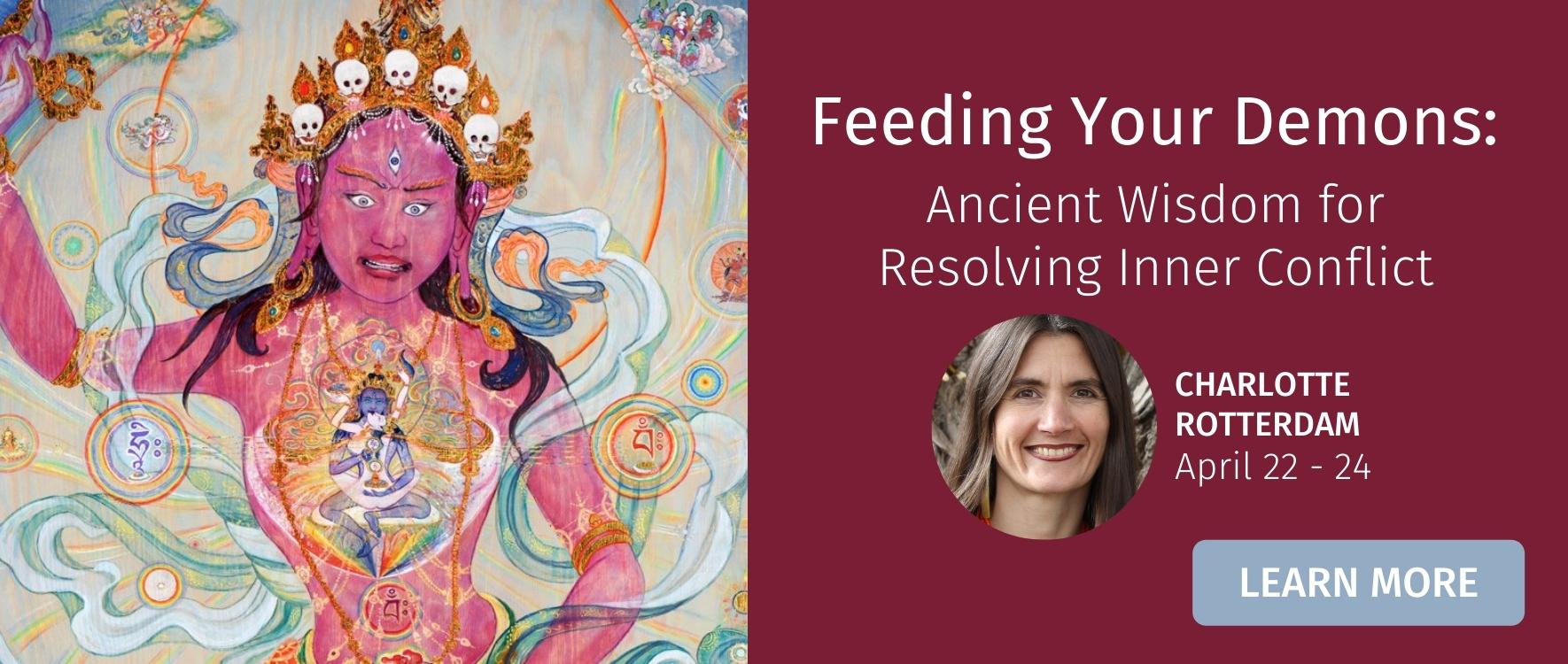How to Turn Each Moment Into Spiritual Practice
By Anyen Rinpoche and Allison Choying Zangmo ~~~
The term lojung (Tib. mind training) has been made popular by the idea of using slogans to kindle mindfulness about our state of mind and behavior. However, according to the traditional Tibetan Buddhist teachings, lojung is a much broader topic than slogans that can be put to use in our daily life. Lojung is a term that encapsulates the entirety of the 84,000 teachings given by the Buddha Shakyamuni—since the point of the Buddhist teachings is to train, tame and master the mind. As was said by the great lojung master Shantideva, author of Way of a Bodhisattva, “There is no reason to make effort at taming anything other than taming the mind.”
It seems pertinent to ask why the Buddha gave so many different teachings, rather than one set of teachings that could be followed by everyone. Buddhism doesn’t take a “one size fits all” approach. It is inherently flexible and adaptable. Its many permutations ensure that it can be applied by a variety of people who find themselves in myriad situations. All of us have such different perspectives and ways of thinking. Buddhism offers subtly different forms of mind training to meet the needs of all of the different kinds of people who wish to take up a serious spiritual practice.
[Lojung] is actually more powerful than the most powerful thing we can think of—the mind itself.
But lojung is not only flexible, it is also powerful. It is actually more powerful than the most powerful thing we can think of—the mind itself. Shantideva describes the mind as a wild elephant whose massive energy and tendencies are incredibly difficult to harness. Our ordinary methods have failed to train and tame this massive, volatile and sometimes explosive mental and emotional energy. For that reason, because we can find no other way to alleviate the intense suffering we face in life, we turn to spiritual practice and meditation for relief.
Having the 84,000 lojung teachings as part of the Buddhist toolbox ensures that no matter what the situation, no matter what we are facing, there is sure to be a teaching we can perfectly put into practice at that moment. Skillful practitioners use lojung, in all its many varieties and forms, in each and every moment, to make the most of that situation. Relying on lojung training, we can extract the essence of even the most painful of situations and use it to fortify our spiritual practice, and strengthen our resolve to continually train the mind even in the face of life’s greatest difficulties. Lojung is the key to brining the mind and spiritual practice together, so that one does not exist without the other.
A person who trains deeply in lojung looks for the opportunity to practice in each and every moment, and uses each and every moment to their own advantage.
What is the difference between spiritual practitioners and normal people who follow the ordinary ways of the world? The difference between their mind stability, their reactions, and their treatment of others, must come from lojung. For example, when hearing unkind words from someone we have helped, the spiritual practitioner will kindle mindfulness and use lojung to reflect on their own attachment to being praised by others, or reflect on how the words spoken by the other person are just like an echo, with no lasting, permanent quality that is worth reacting to. A person who trains deeply in lojung looks for the opportunity to practice in each and every moment, and uses each and every moment to their own advantage.
The ordinary person following worldly ways may react in a variety of ways: by speaking harshly in return, by becoming angry, by venting about the other person behind their back. Without lojung, the opportunity to take an ordinary situation to the spiritual path is lost, and all daily actions are nothing more than mundane and ordinary.
Shambhala Mountain Center hosts Making the Most of What We Have: Lojong Mind Training with Anyen Rinpoche and Allison Choying Zangmo, September 16-18, 2016 — click here to learn more.
About the Authors
